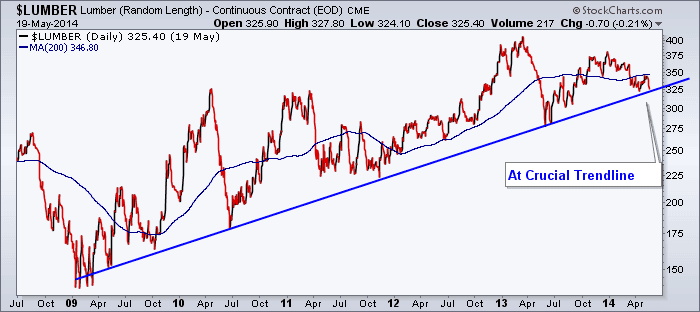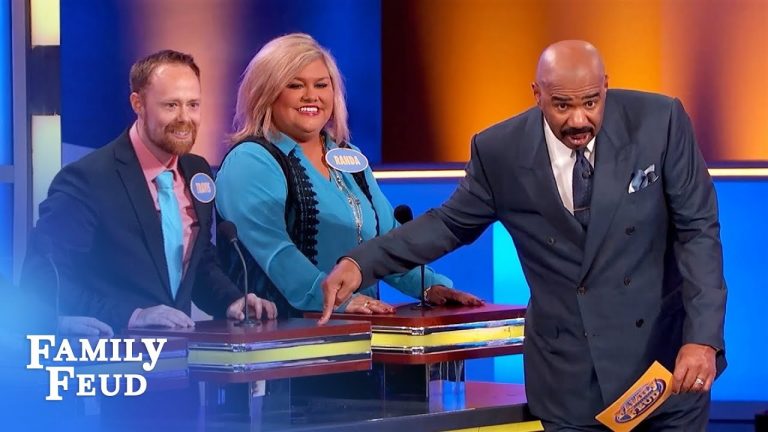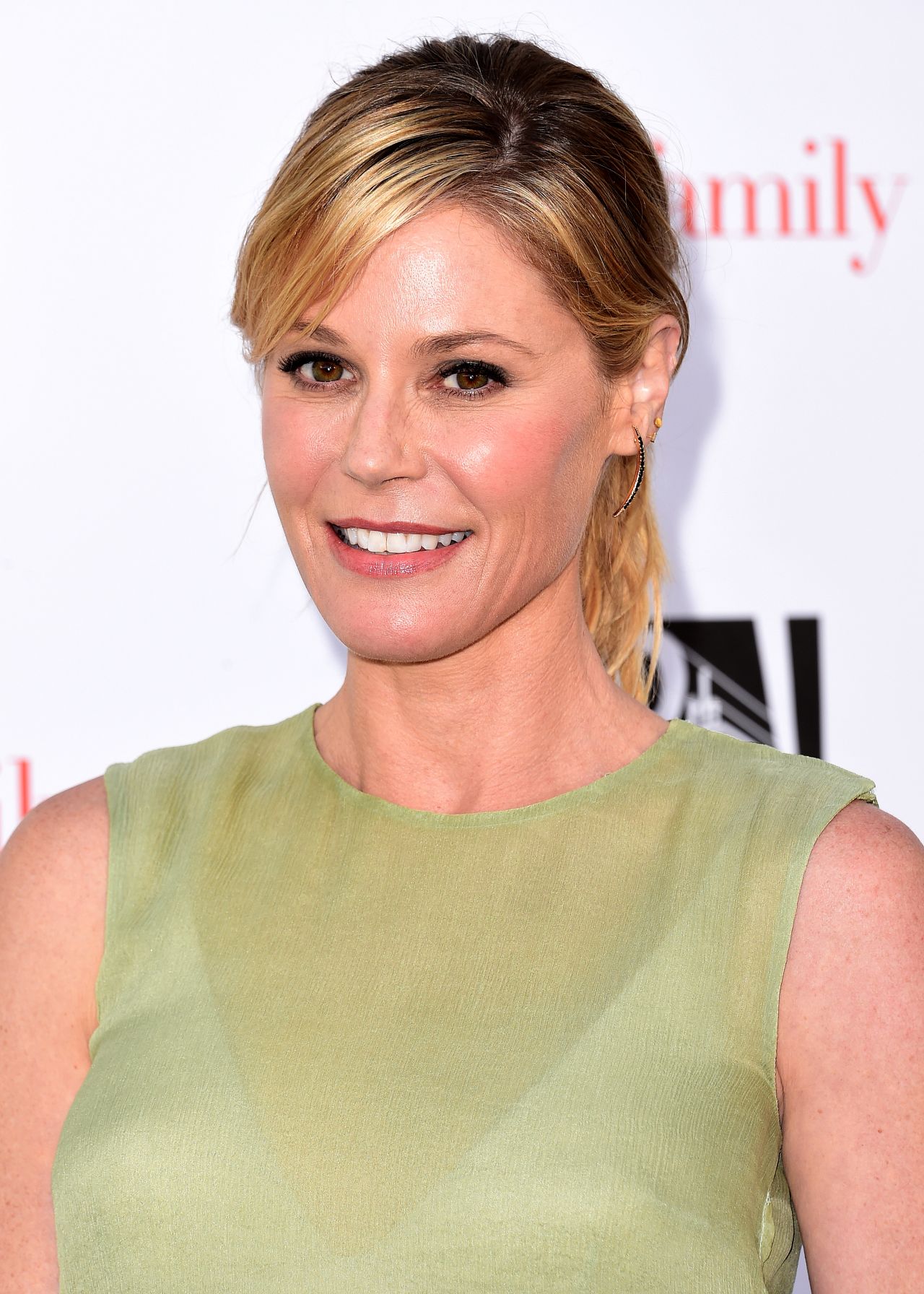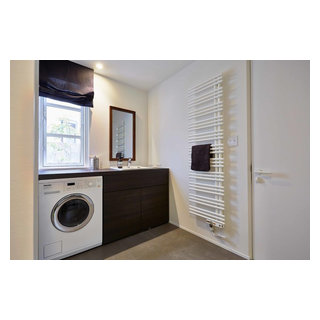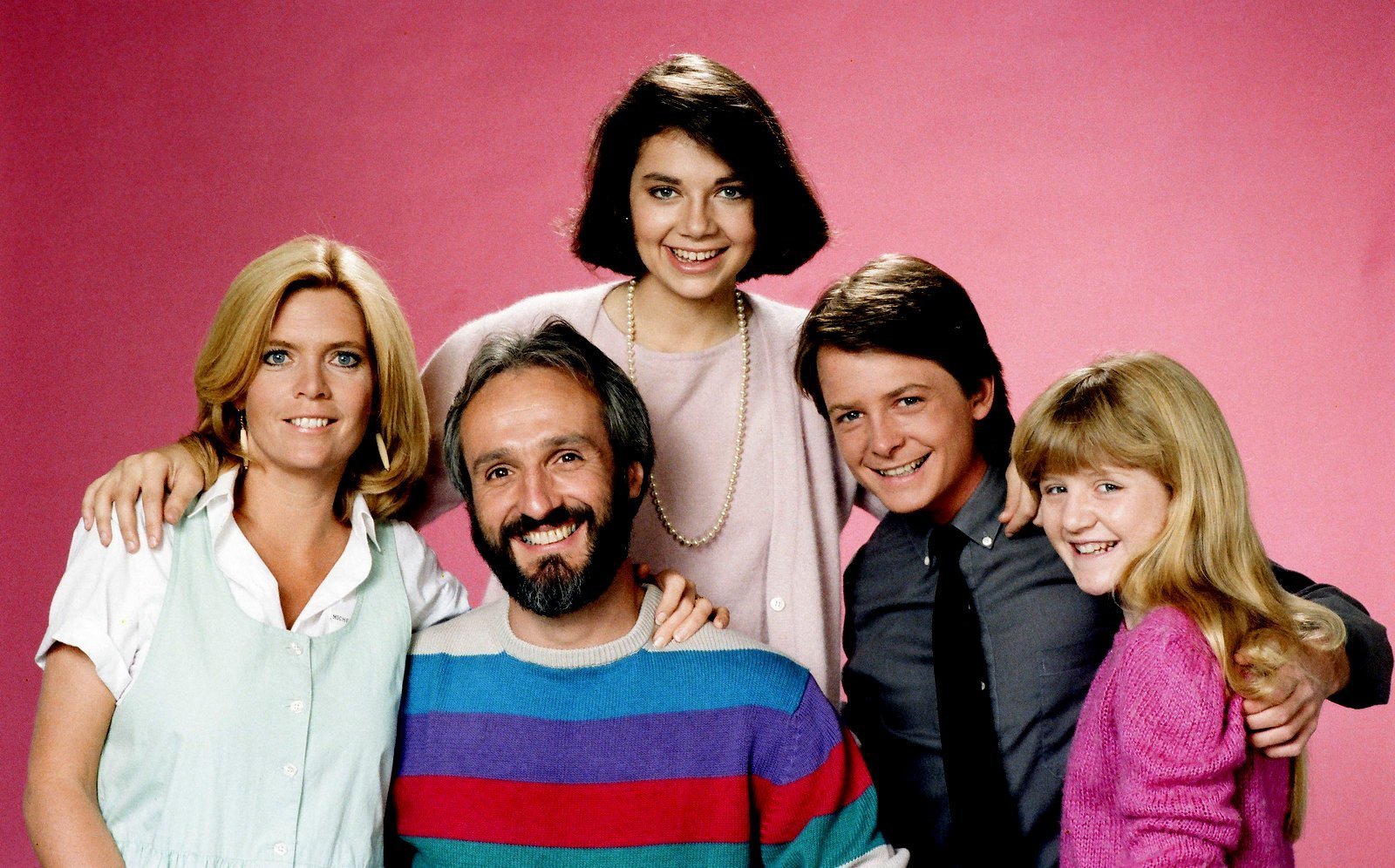Table of Content
Centipede grass is the most expensive option available.A single pallet of centipede grass could cost you $360. In contrast to Bermuda grass, bluegrass does just fine in the colder parts of the country. The budget-friendly price tag only adds to its appeal.Homeowners can get a pallet of bluegrass for about $170. If you live in a part of the country known for colder temperatures, Bermuda grass is not an option for you. The prices climb along with the number of plugs.16-plug pieces cost $40, 32-plug pieces are priced at $50, and the 64-plug pieces are available for $100. You can rent a sod cutter from most garden tool centers and home improvement stores across the United States and Canada.
The best time to lay sod is early spring or fall when temperatures are cooler. Sod can be installed at any time of the year the ground isn't frozen and temperatures are below 90°F. Warm-season grasses like Bermuda, St. Augustine, and zoysia are best laid in the spring since they're dormant in the winter. A piece of sod weighs between 15 and 30 pounds, depending on the moisture content of the soil.
Sod Installation Near You
Be sure to have sod delivered or picked up when it’s ready to be installed to avoid stressing the grass. Homeowners can expect to pay around $150 to $450 per pallet. Some grass varieties may not be available in your area, but local distributors will have several varieties to choose from that work best for your climate.
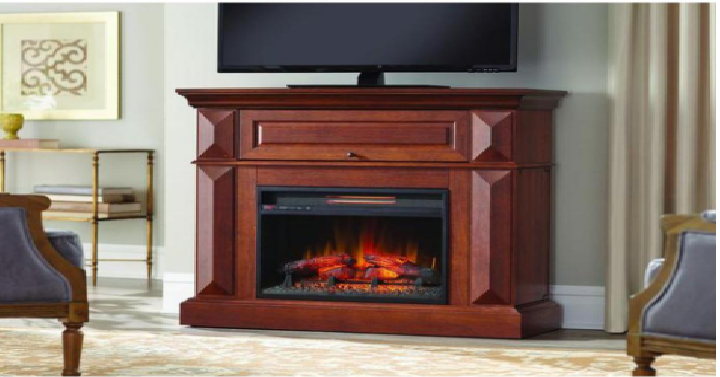
Bulk orders typically require a minimum order of about a pallet, while sod prices for small projects are higher retail prices. The average piece of sod measures 16” x 24”, covers 3 square feet, and is 1” to 3” thick depending on the grass type and grower. A pallet of sod measures 4’ x 4’ x 4’ stacked and covers 450 square feet.
Delta Charlie Sod (D-CSod)
Purchasing sod directly from the grower will also help ensure the sod is fresh and healthy. Laying sod is best done during spring or fall in most regions when the temperatures are less extreme. Some sod varieties have a high tolerance for longer periods of cooler weather, such as Kentucky bluegrass, Ryegrass, and Fescue. Others do well in warmer climates with long periods of hot weather, such as St. Augustine, Bermuda, and Zoysia. Different species perform better depending on your grass zone, soil conditions, rainfall, full sun or shade, and local temperatures. The most common grass zones are cool-season, transition, and warm-season grasses.
A smaller pallet such as that may suffice for the application you have in mind. Notably, the price of the sod pallet remains the same regardless of which type you’re getting. Feel free to purchase whichever type of sod pallet you need without letting cost influence your decision. You don’t have to spend a long time looking for the grass suitable for your yard either. Homeowners can even go to Home Depot and get all the pallets needed to cover their yard.
Controls Weed Growth
Hydroseeding is a grass-planting process that uses a slurry of seed, fertilizer, and mulch, which is sprayed on prepared areas and helps control erosion. Each species of grass has different benefits and downsides, and the availability depends on your climate zone. Extreme levels of heat can be tough on fescue grass though. Uneven patches may appear due to prolonged exposure to extreme heat. You may have to carry out large-scale maintenance in order to address that problem.
Sod cannot be laid over grass and must make direct contact with the soil to root. All the existing grass needs to be cleared away, the lawn should be graded level, and the soil must be tilled and prepared before laying sod. You will need between 87 and 109 pallets of sod to cover an acre of land. One acre is 43,560 square feet, and each pallet covers 400 to 500 square feet. A standard 450 square foot pallet holds 150 pieces of sod that are 18” x 24”. The number of sod pieces per pallet varies between 133 and 192 depending on the size of the pallet (400 to 500 sqft.) and the size of the pieces.
Most homes need at least three to five sprinkler zones and each zone costs $600 to $800 on average to install. If old sod needs to be removed first, a sod-cutter can be rented for approximately $80 per day. A professional company typically charges between $1 to $3 per square foot of grass that needs removal. The old soil would need to be tilled to provide a freshly aerated base for the new sod, or new topsoil can be laid and leveled.
Now that you know how to calculate sod prices for purchasing and installing new sod, it’s time to figure out how to calculate sod quantity. The final price will vary based on the type of sod you choose, but these calculations can help determine the overall sod quantity needed. Hydroseeding costs $0.10 to $0.20 per square foot or about 1/2 as much as economy-grade sod. Although grass seeding is cheaper and takes less labor, it's much harder to grow and may take a year to be usable.
Marathon sod is a denser variety of tall fescue turf exclusive to Southland Sod Farms. It's grown in three different varieties and comes with a 1-year guarantee. Kentucky Bluegrass is designed for cool climates that do not experience extreme heat or drought. It can tolerate full sun or partial shade with regular fertilizing and watering, but cannot handle much stress from disease, pests, or weeds. This cool-season sod is durable enough to handle foot traffic while also resisting weeds and pests.
Look up the sod cutter’s rental policy, ascertain documents to be submitted for the tool rental, and choose a delivery method. Using the store directory option on the site, select your Lowes local rental store location. Select a rental store location using the store directory feature displayed on the platform.
Ask for a guarantee that the sod will be free of weeds, disease, and harmful pests. Most suppliers have an order deadline time if you need it delivered the next day. Order at least 3 days in advance to ensure delivery on the right day. Consider artificial grass in high-traffic areas where real grass wouldn’t survive, such as around pools and in pet areas.

